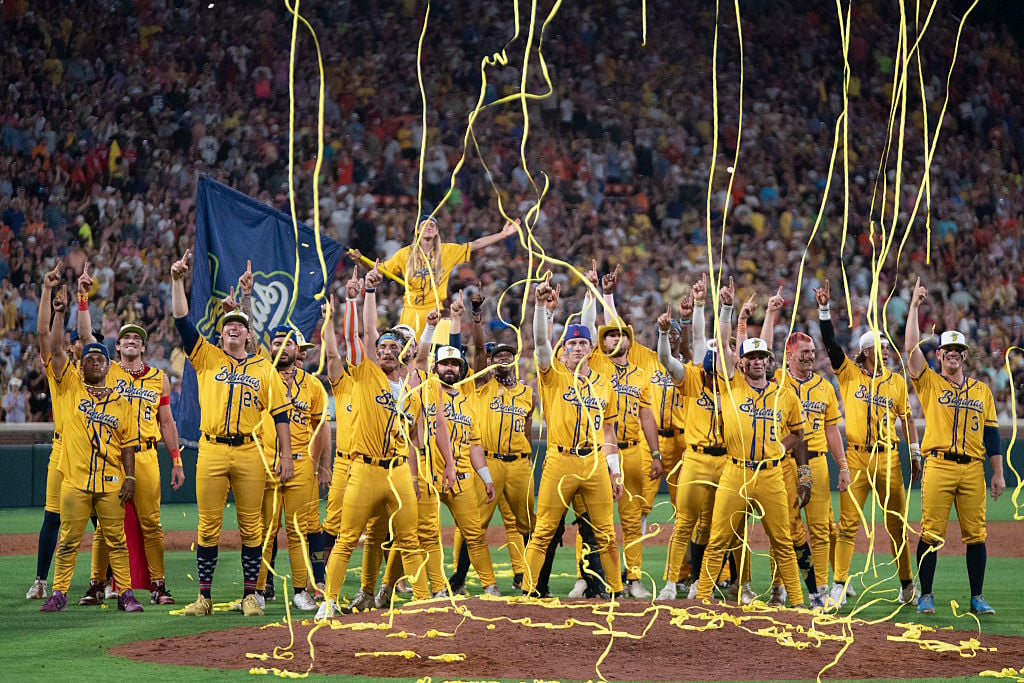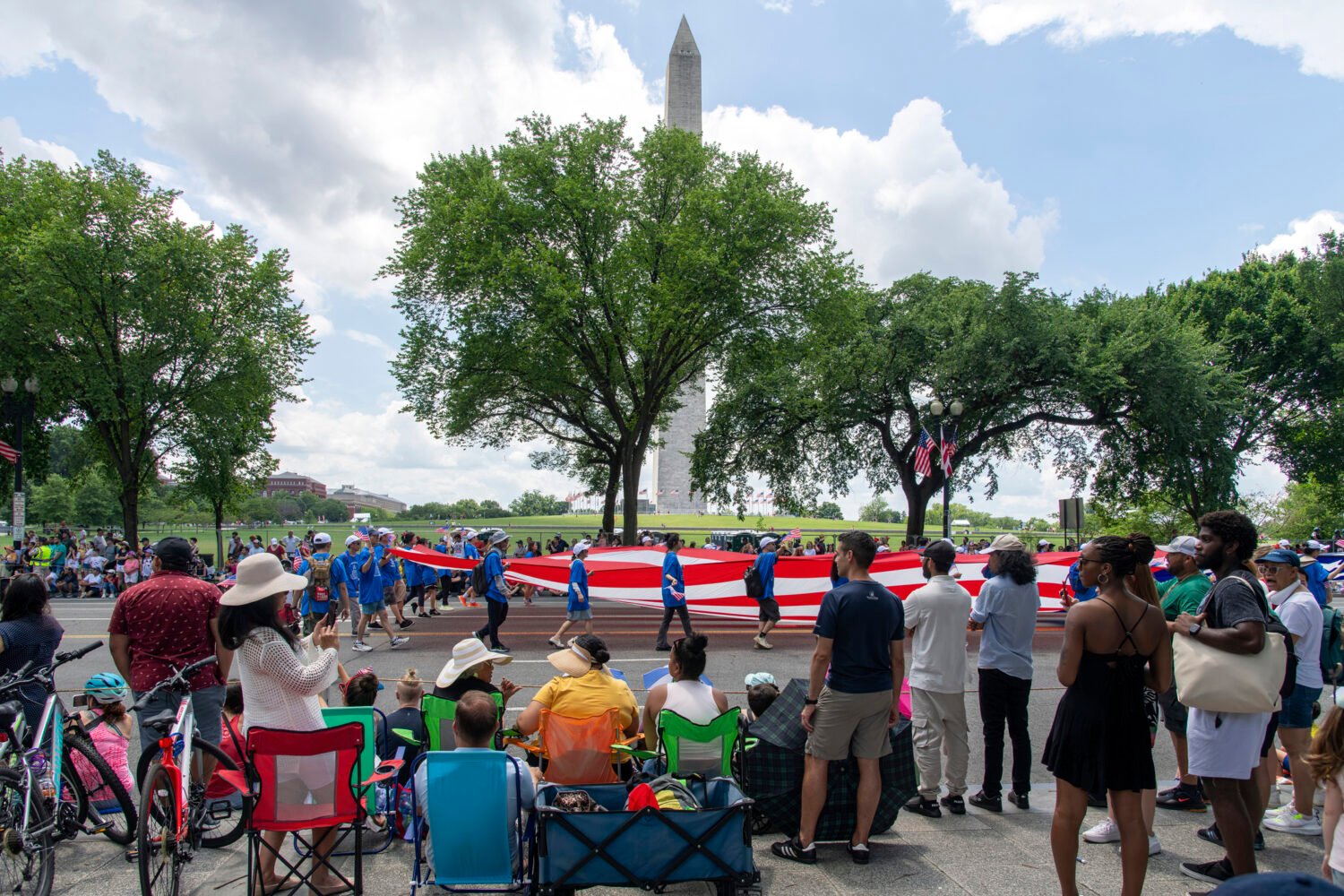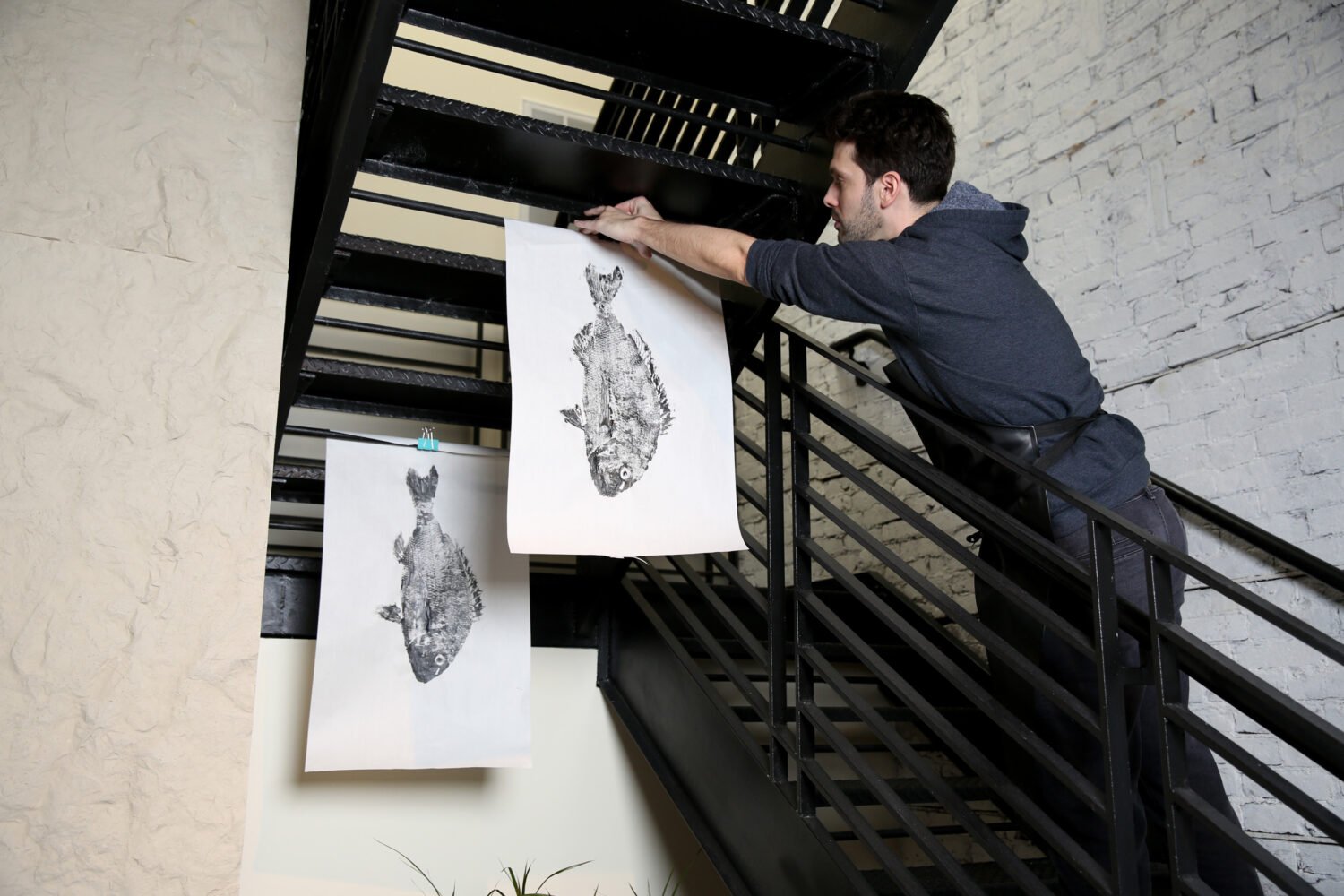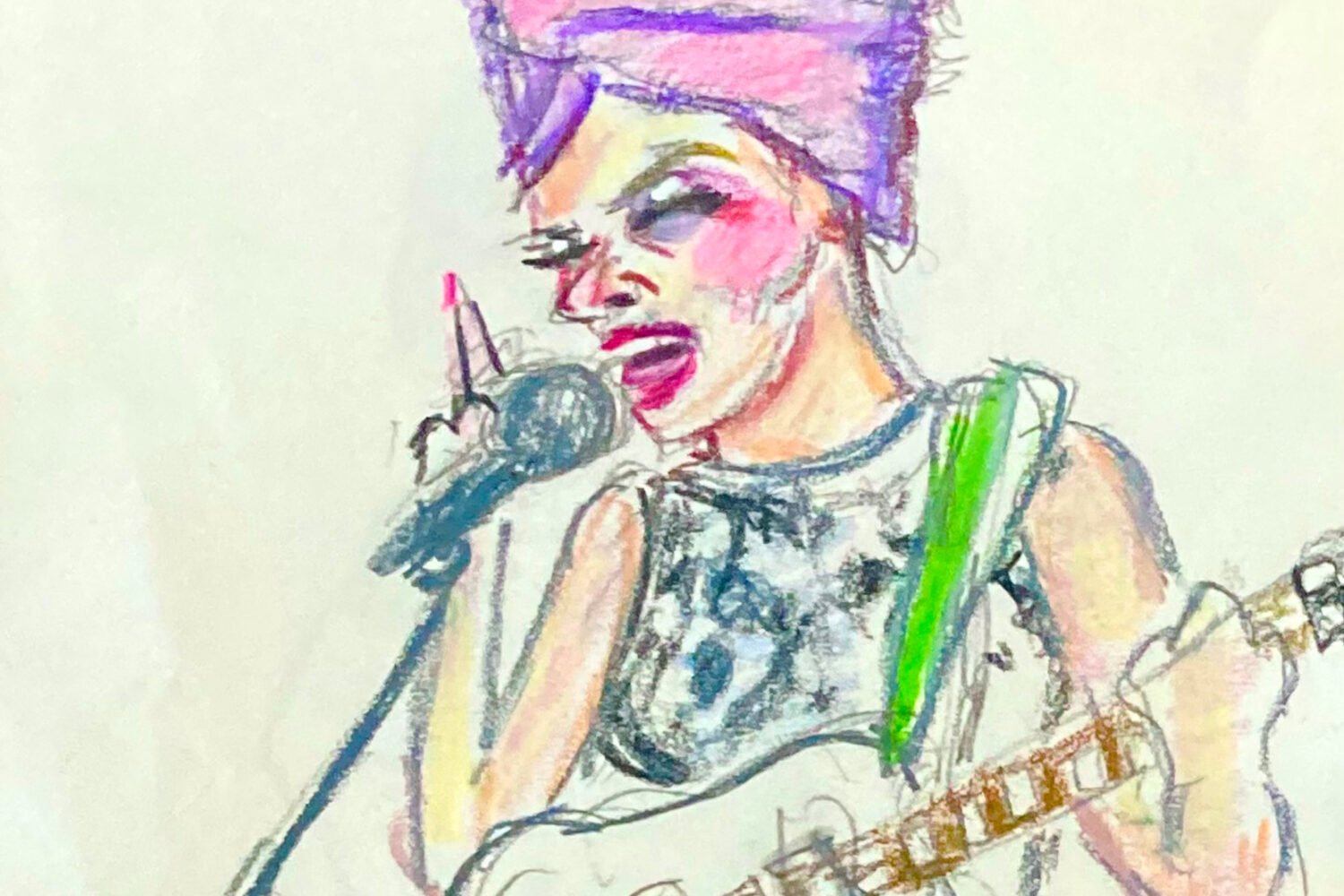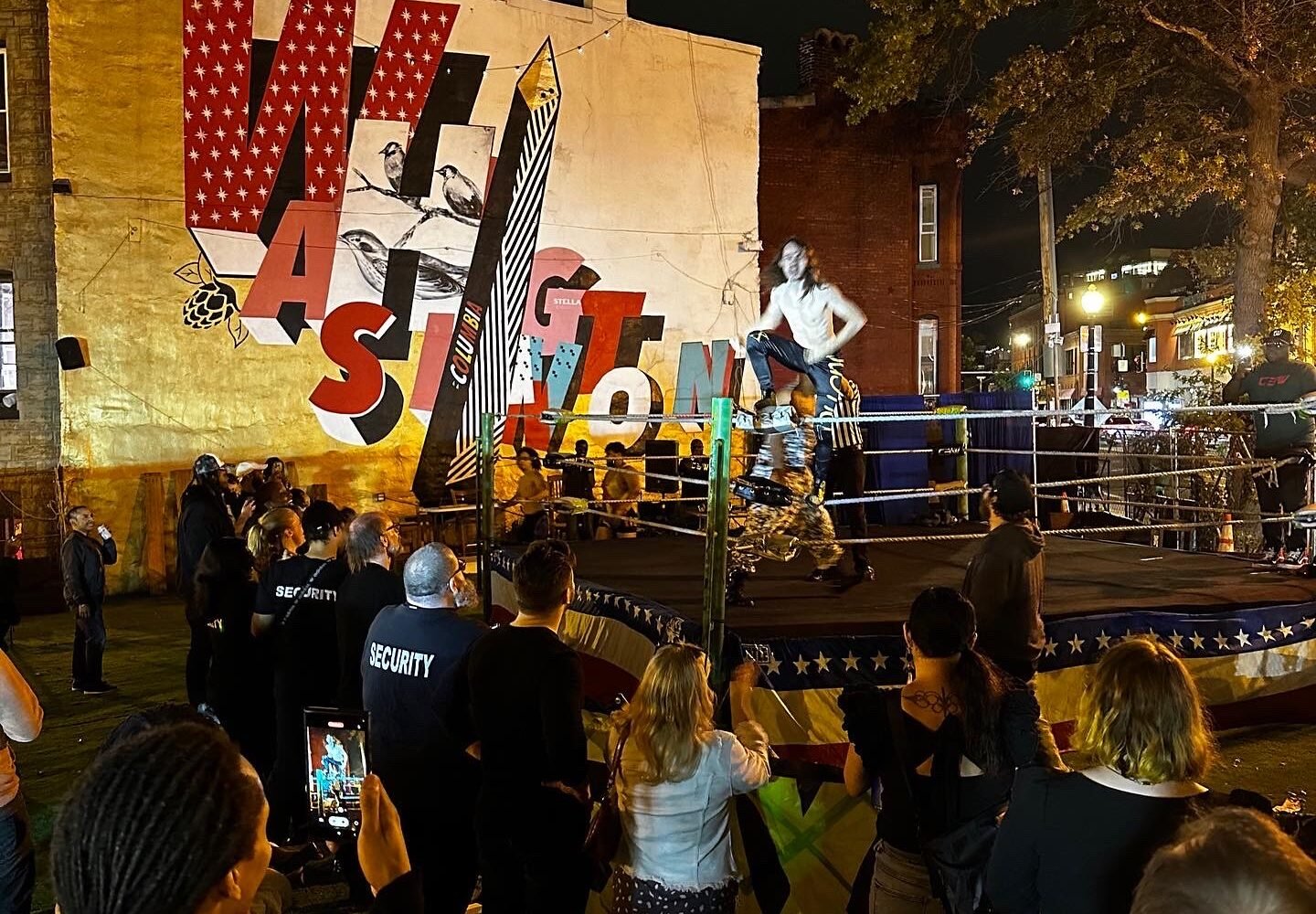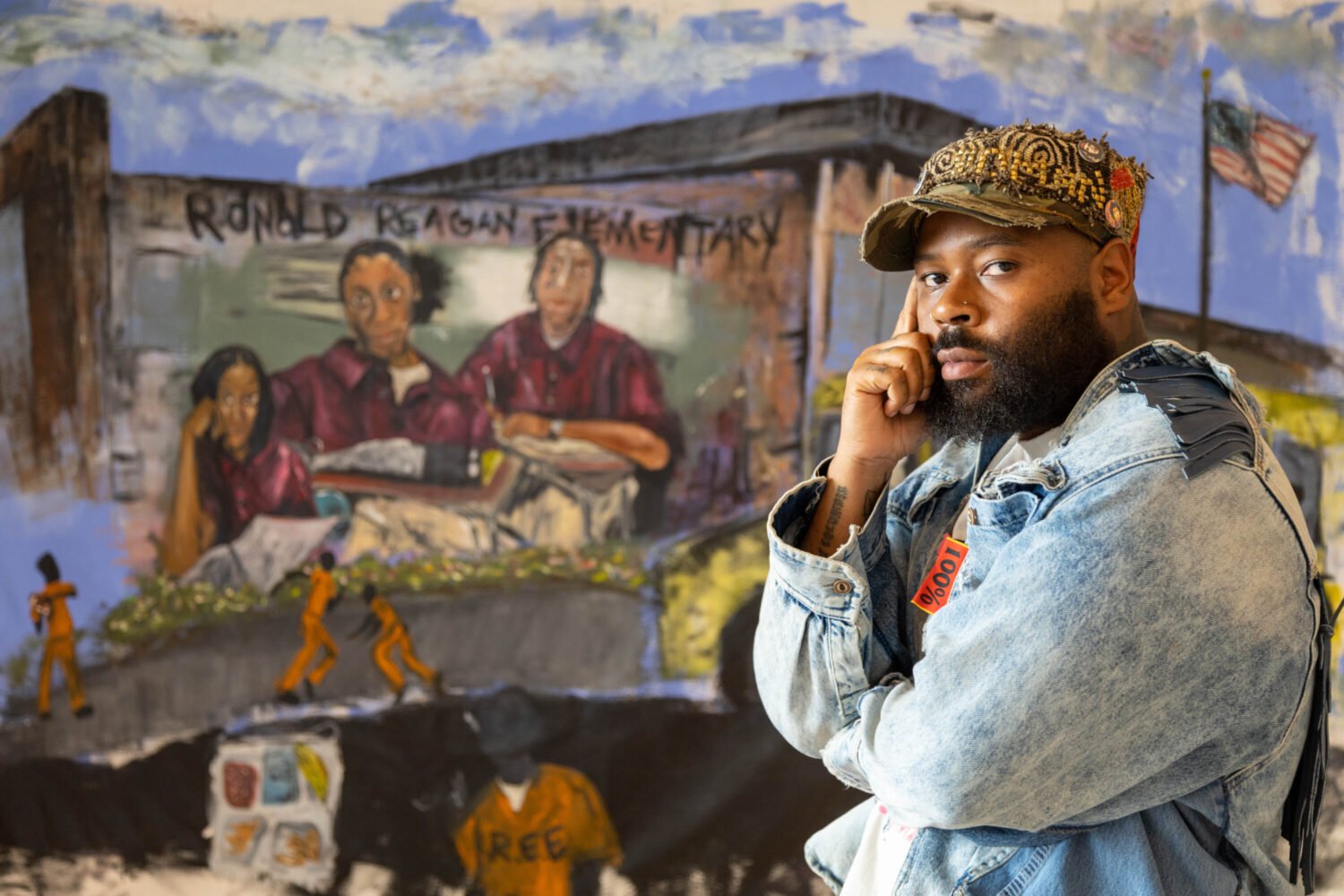Faith Ringgold (left) is widely considered one
of the most important African-American artists of the 20th century, but
many critics believe her work has never received the acclaim it deserves.
While she’s best known for her story quilts from the 1970s and ’80s, an
exhibit at the National Museum of Women in the Arts, “American
People, Black Light: Faith Ringgold’s Paintings of the 1960s,”
looks at her earlier work and the activism underpinning
it.
The show—June 21 through November 10—comprises 45 pieces from
two series made in the 1960s: “American People,” in which Ringgold fused
Picasso’s post-Cubist style with traditional African influences, producing
works that showed the paradoxes of integration, and “Black Light,” in
which she explored notions of color by abandoning white paint. “It was a
vibrant period—there was a lot of writing, talking about expressing the
experience of African-American people,” Ringgold says. “I felt, as I still
feel, that artists have the job of documenting their times.”
“American People” was considered scandalous for its depictions
of race. One painting, “Die,” plays on Picasso’s “Guernica” by imagining a
gory street riot. “A lot of people were horrified,” she says. “They didn’t
feel it was appropriate to say anything about America that wasn’t
positive.” But she was intent on trying to show what it was like to live
as an African-American: “I wanted people to feel as though they were
facing these people, experiencing part of the struggle. I was trying to
give them the experience I had had all my life.”
Now 82 and living in New Jersey, Ringgold runs a foundation,
Anyone Can Fly, that teaches children about art history. She continues to
campaign for museums to showcase work by women and African-Americans.
“Persevere, look, see, feel, and create, and we will know your
experience—leave it behind for us in a way that no one else can,” she
says. “They could leave me out, but they couldn’t stop me from painting
those pictures.”
“American People, Black Light: Faith Ringgold’s Paintings of the 1960s,” June 21 through Nov. 10 at the National Museum of Women in the Arts. $10. For more information, visit the museum’s website.
This article appears in the June 2013 issue of The Washingtonian.



